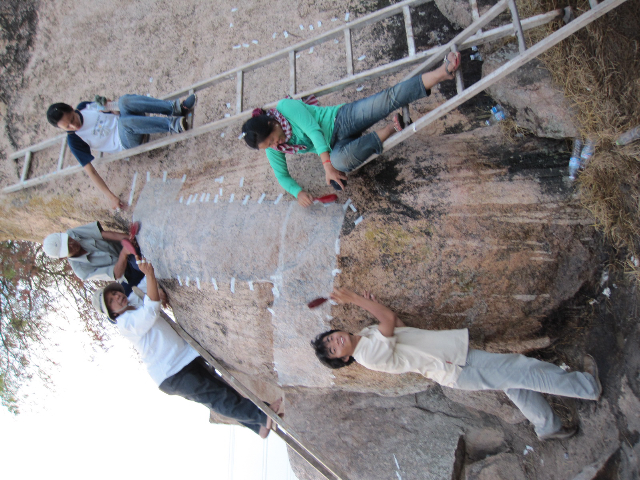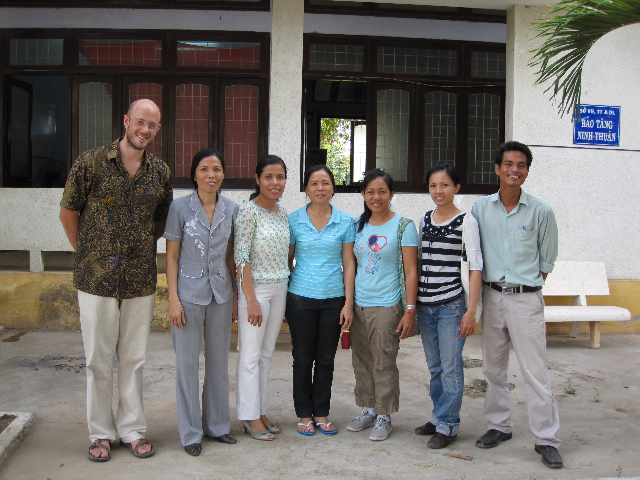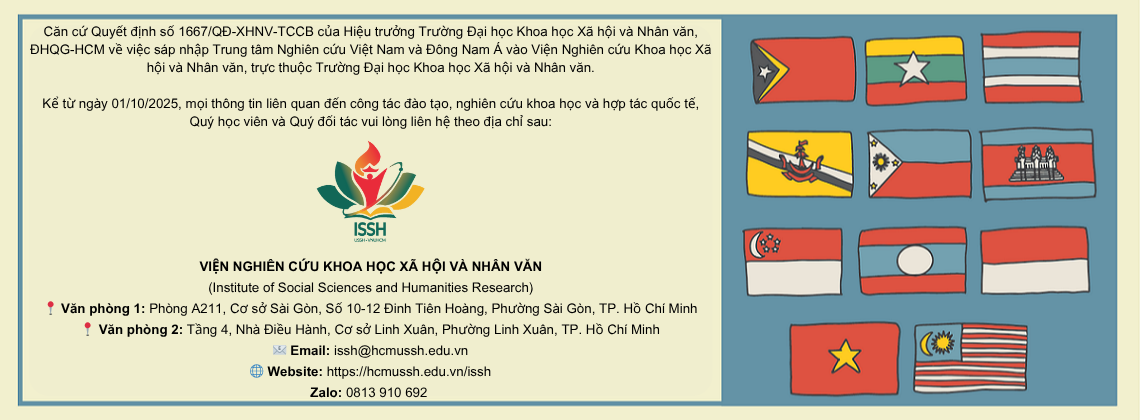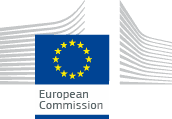PRESERVATION AND DIGITIZATION OF CHAM MANUSCRIPTS
, 22/07/2015 14:07Storage and conservation of Cham cultural heritage face various difficulties, for this is a long story which cannot be done in a couple of days or so and suffers many hindrances. Expenses, mobilization of the public, and concerns of related authorities at different levels were the topics under discussion at the symposium “Digitalizing Cham Manuscripts” taking place at the HCMC University of Social Sciences and Humanities (USSH) on June 17, 2015.
The event was organized by the Center for Vietnamese and Southeast Asian Studies (CVSEAS), USSH, VNU – HCMC.

Participants at the symposium.
Present at the symposium were Dr. Tran Dinh Lam – Director of CVSEAS, Nguyen Thi Thu (M.A.) – Director of the Center for Cham Culture Research and Exhibition in Ninh Thuan province, Mr. Lam Tan Binh – Director of the Center for Cham Culture Research in Binh Thuan province and other experts.

Attendees had discussions at the symposium.
A lot of difficulties at provincial levels
Cham cultural heritage is mainly gathered in Ninh Thuan and Binh Thuan provinces. Those are the areas which have the harshest natural conditions in Vietnam. The locals’ life is still hard, which make households unable to conserve the heritage and often mislay it. Researchers and experts encounter obstacles to providing instructions on how to keep Cham manuscripts in good condition for each household. If we do not take appropriate measures, such heritage will be gradually ruined.

Participants continued to share their ideas.
The Center for Cham Culture Research in Binh Thuan province is a body which has been assigned to be in charge of preserving those materials. However, its financial problem has resulted in limited implementation.
Mr. Lam Tan Binh, the Center’s Director, said that they can realize the snags they are hitting, but they are always willing to cooperate with scientists and researchers who want to conduct studies on Cham cultural heritage within the province. He also suggested that the Department of Science and Technology pay more attention to offering support to academics interested in the field.
Concerning the possession of current materials, that also causes some problems. Since Cham materials were written in ancient language, it is not easy to read and understand their contents. Some people inheriting the materials from their ancestors are incapable of reading them.
Mobilization of the public needs to be well executed
Mr Lam Tan Binh also mentioned the aspect of mobilizing the public. Cham cultural heritage is inherited from ancestors, like a memento of the whole family. When we do the public mobilization well, we can raise their awareness of the issue. His body is located in the area of Cham villages, but their conditions are not enough to do so. As a result, they ask for assistance from the Department of Culture every year, but the biggest obstacles, such as time, budget and facilities, still remain.

Some households are conserving the materials airily, and it is very hard to increase their awareness. In Binh Thuan province alone, there are nearly 60 villages, but only a few really take actions. In each village, only one or two villagers can read the materials, but understanding them is a different story due to the incapability of taking in the meanings of some ancient words. Even the process of storing those materials causes discrepancy compared to the originals. If we do not safeguard them, they all will be gradually lost. The greatest difficulty is still budget, added Mr. Binh.
And the long story still goes on
Sharing the above-mentioned opinion, Nguyen Thi Thu (MA), Director of the Center for Cham Culture Research and Exhibition in Ninh Thuan province, said that it is tough encouraging local people to gather and conserve Cham cultural heritage. Very few of them are able to read those texts. That the local authorities do not care about the issue is not really true. In fact, they do, but facilities for storage are not sufficient. Each province has archive centers directly under the management of the National Archive Bureau, but the plan of their construction is still on paper.

Paticipants paid close attention to the topics under discussion.
Both Ninh Thuan and Binh Thuan provinces have projects to build centers with the budget of billions of VND, but they have not been carried out. Consequently, they still do not have archives.
Ms. Thu also added that the National Archive Center in the region want to gather those materials for better preservation. When the State National Archive Bureau requested to prepare documents for being recognized as world material heritage, they encountered trouble at the local levels for the shortage of budget. That is not a single problem of one place, but involved other bodies. Annually, the Archive Center still collect and mobilize conservation, but only the local level body does that on its own.
Attendees took a picture as a memento of the event.
Dr. Tran Dinh Lam, Director of CVSEAS, said that digitalization of Cham manuscripts is a non-profit project with the purpose of conserving Cham cultural legacy for future generations of students. Although the centers for Cham culture preservation in Ninh Thuan and Binh Thuan provinces are facing financial problems, it can be effective if they integrate the storage of such legacy with the conservation of cultural heritage in the locality. Also, the locals need to link Cham heritage with the development of tourism among Cham communities. Furthermore, it is necessary to introduce those Cham materials to universities for study and research activities.
Many scholars were impressed with Cham manuscripts.
Cham cultural legacies are so precious that Cham people treasure them very much and often hang them at high positions in their house. At present, such legacies are kept in Cham villages, specifically in 23 villages in Ninh Thuan province and 35 in Binh Thuan province. Although each village has a cupboard for the protection of those materials, they are still easily damaged for being eaten by termites. Cham manuscripts mainly cover the themes of religion, astronomy, outlook on life and the world, etc with various contents in different fields such as rites, rituals, weddings, fortune-telling, the origin of the Earth and other species. As a result, those materials are very necessary for every generation, especially students and researchers interested in the field.
Vietnamese article by Nguyen Hieu
(Translated by Nguyen Khoa Nam)














